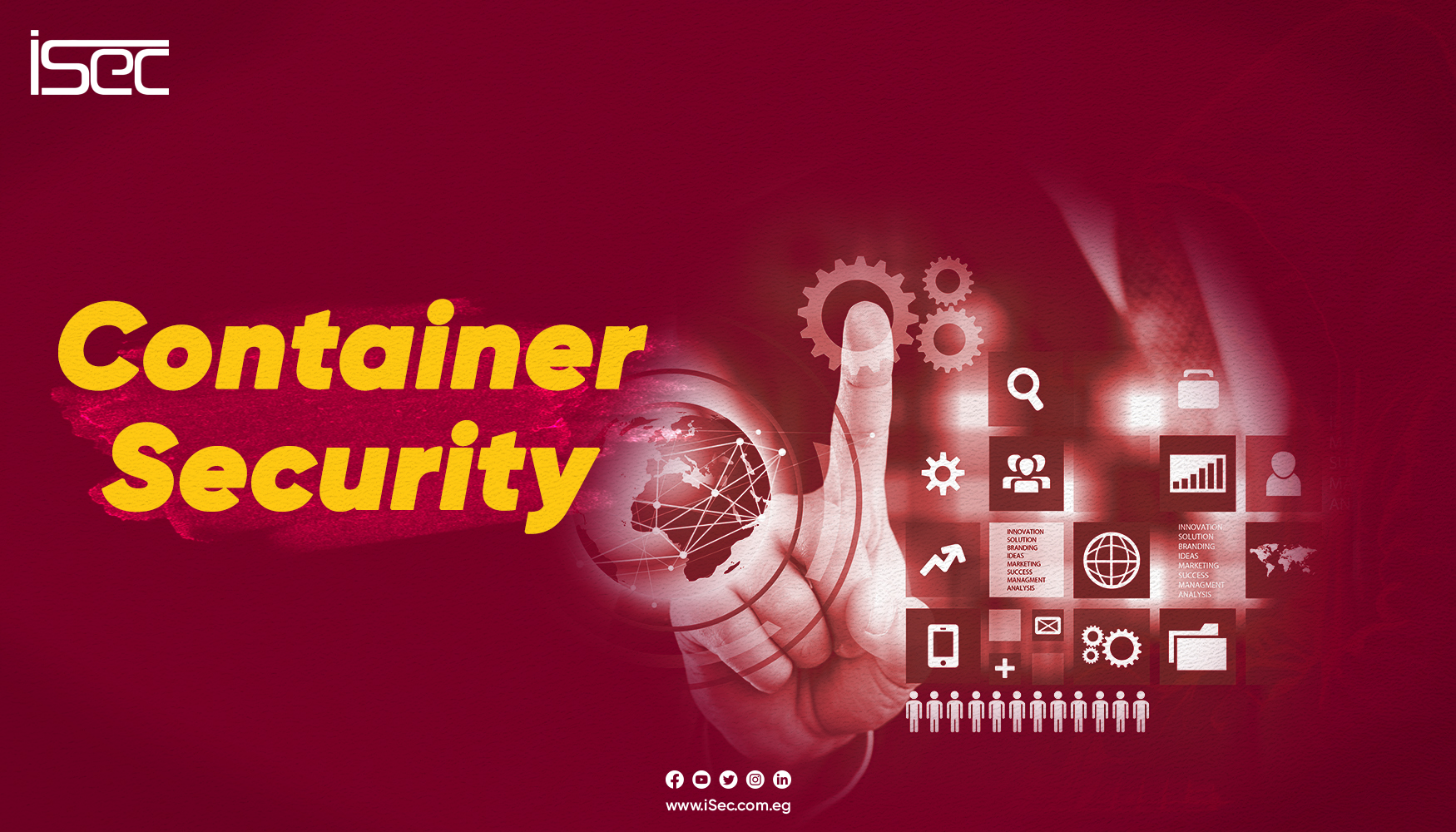
Containers have revolutionized the world of software development and deployment. These lightweight, portable, and scalable units have streamlined application delivery. However, as more organizations embrace containerization, the need for robust container security practices becomes paramount. In this blog, we will explore the world of container security, from understanding the risks to implementing best practices for safeguarding your containerized applications.
The Growing Popularity of Containers
Containers offer numerous advantages, including consistency across environments, rapid deployment, and resource efficiency. Docker, Kubernetes, and other container orchestration platforms have made it easier than ever to manage and scale containerized applications. As a result, containers have become the de facto choice for many DevOps teams.
Container Security Challenges
While containers offer many benefits, they also introduce unique security challenges:
1. Image Vulnerabilities
Container images often include various software components and dependencies. Keeping these components up-to-date and secure can be a challenge.
2. Resource Isolation
Containers share the host operating system’s kernel. Any vulnerabilities at the kernel level can potentially impact all containers on the same host.
3. Container Escape
In some cases, attackers may attempt to exploit vulnerabilities in a container to escape to the host system.
4. Orchestration Complexity
Container orchestration platforms, such as Kubernetes, introduce their own security concerns. Misconfigurations can lead to breaches.
Best Practices for Container Security
To mitigate these challenges, organizations should implement the following container security best practices:
1. Image Scanning
Regularly scan container images for vulnerabilities and ensure that you only use images from trusted sources.
2. Least Privilege Principle
Apply the principle of least privilege to container deployments. Containers should have the minimal permissions required for their tasks.
3. Host Security
Secure the underlying host systems. Employ measures such as kernel hardening and regular system updates.
4. Network Segmentation
Implement network segmentation to isolate containers and restrict communication to only necessary channels.
5. Runtime Protection
Use runtime protection tools to monitor and detect suspicious container activities.
6. Logging and Monitoring
Set up comprehensive logging and monitoring to detect and respond to security incidents.
7. Continuous Integration and Continuous Deployment (CI/CD) Security
Ensure that container security is integrated into your CI/CD pipeline, with automated testing and validation.
8. Education and Training
Train your development and operations teams in container security best practices to reduce the risk of misconfigurations.
Conclusion
Containers are a game-changer in the world of software deployment, but they also require a diligent focus on security. By understanding the challenges and implementing the best practices outlined in this guide, you can ensure the ironclad security of your containerized applications. Stay proactive, stay secure, and keep reaping the benefits of containerization with confidence.



